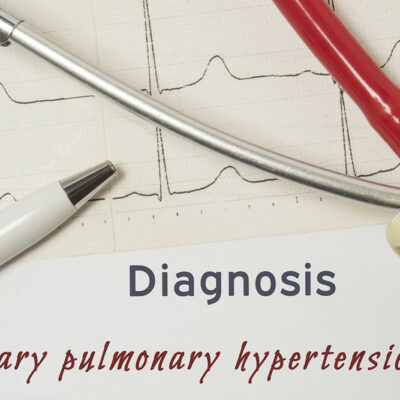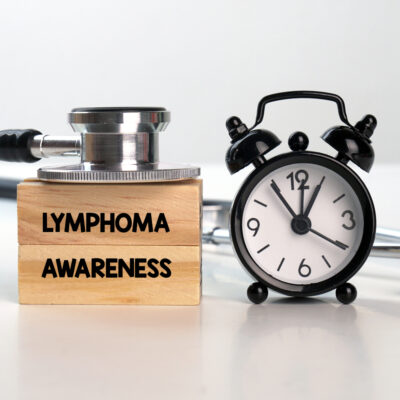
Health Conditions
Frequently asked questions about atrial fibrillation
Atrial fibrillation (AFib) is a very common heart arrhythmia. It is characterized by an irregular pulse. As the name suggests, it affects the upper part of the heart or the atriums and makes them beat at a faster rate than the ventricles. Here are some of the most frequently asked questions about this condition. Does atrial fibrillation increase the risk of a stroke? People with AFib have a 5 times higher risk of a stroke than others. This is because the irregular beating may make blood static and cause it to pool in the left atrium. This may lead to the formation of a clot that can block an artery in the heart or travel to the brain. Does medication for atrial fibrillation need to be taken even after the symptoms go away? Medication should not be discontinued or changed without the doctor’s consent. A patient suffering from this condition has a high risk of stroke even when there are no noticeable symptoms. In many cases, the patient may be prescribed anticoagulant medications that can help reduce stroke risk. Can a patient suffer from this condition without having any symptoms? In many cases, atrial fibrillation is asymptomatic. This means that the person experiences no abnormalities that are associated with the condition.
Read More 















